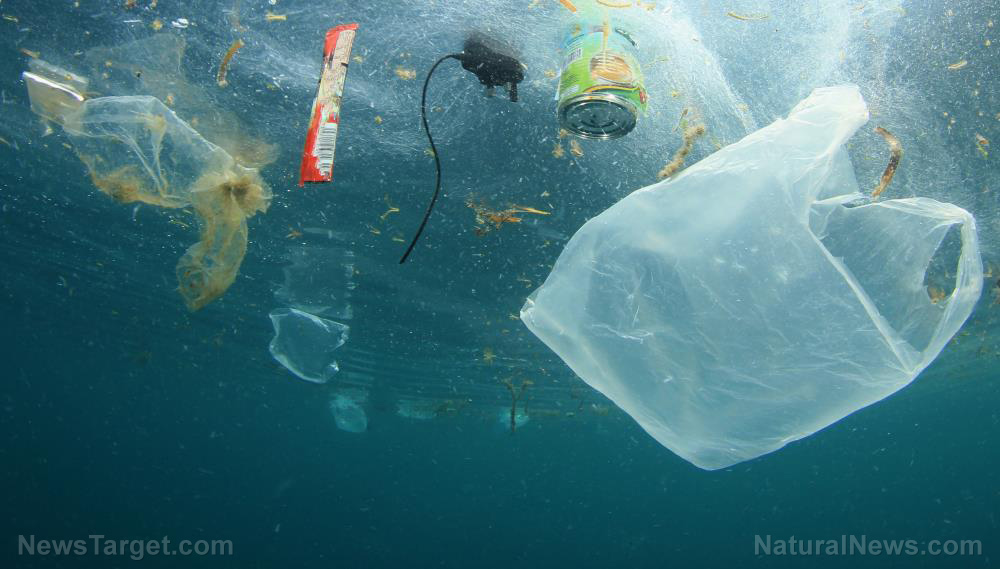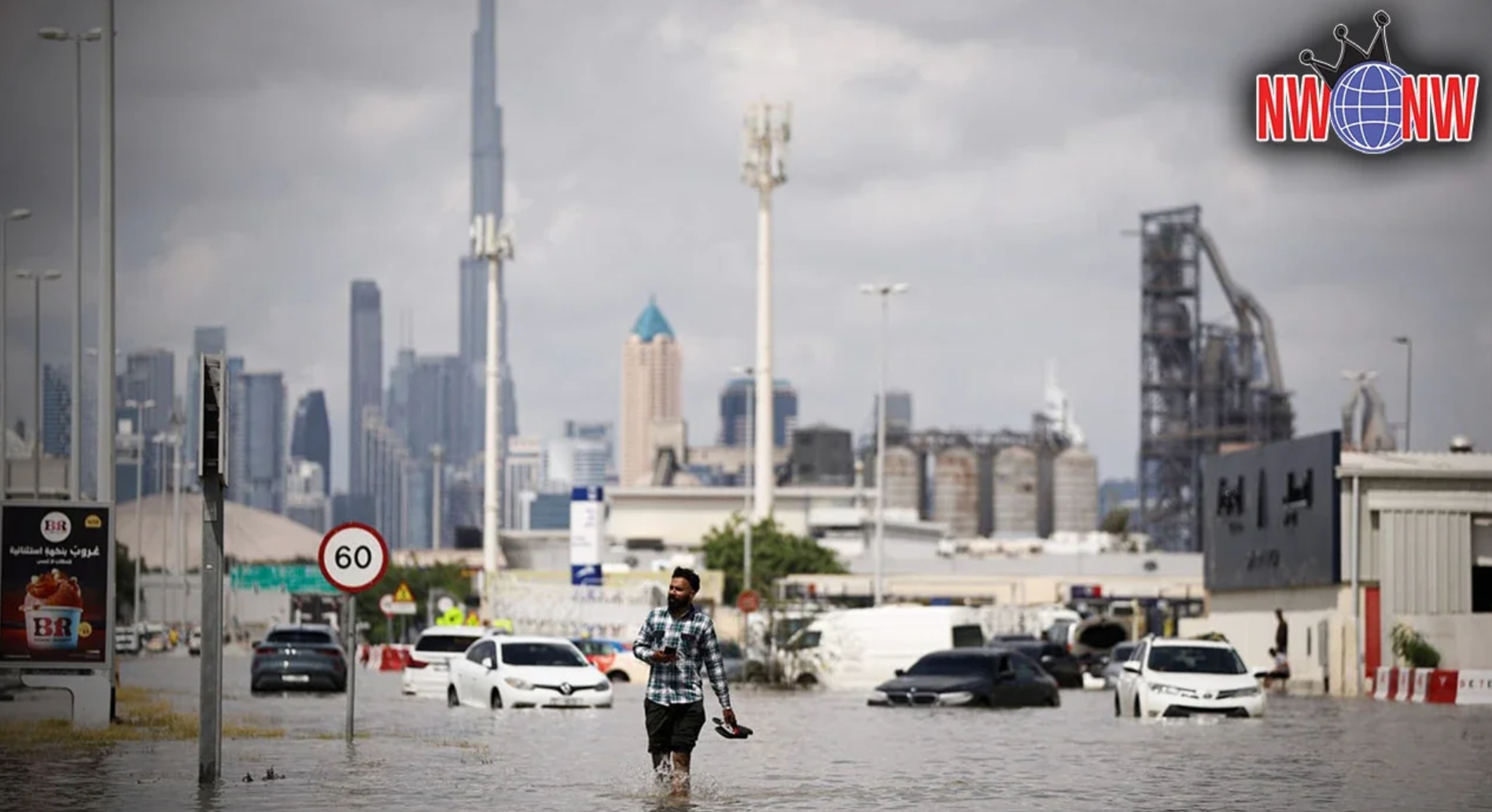Researchers find evidence of microplastics in Colorado RAIN SAMPLES: Where is it coming from?

(Natural News) Microplastics are everywhere these days. They are even falling from the sky, a recent study finds. Researchers from various institutions in the US, including the US Geological Survey (USGS), found microplastics in rain samples collected from the Denver-Boulder urban corridor and other sites along Colorado’s Front Range. Their findings, which were published on the USGS website, highlighted the growing crisis of microplastic pollution.
“People might be seeing a lot of plastic in the oceans, on the ground, at the supermarket. But there is more plastic in the environment than meets the eye,” said Greg Wetherbee, the lead author of the study. “Plastic is everywhere. It is in the rain and snow.”
It’s raining plastics
The presence of microplastics in rain samples was unexpected for Wetherbee. The USGS researcher was studying nitrogen trends in the Colorado area that may indicate nitrogen pollution. He collected rain samples from six sites in the Denver-Boulder urban corridor and close to that, two other sites higher in the mountains. He filtered the water and then placed the samples under the microscope. Instead of seeing minuscule pieces of metal and nitrogen, he discovered microplastics instead.
Collaborating with Austin Baldwin, a USGS hydrologist studying microplastics, and James Ranville, a professor from the Colorado School of Mines, the researchers aimed to determine where these microplastics came from.
Upon closer examination, they found that most of the microplastics were comprised of blue fibers. They also found microplastics shaped like beads and shards.
Sponsored: NEW Biostructured Silver First Aid Gel created by the Health Ranger combines three types of silver (ionic silver, colloidal silver, biostructured silver) with seven potent botanicals (rosemary, oregano, cinnamon and more) to create a breakthrough first aid silver gel. Over 50 ppm silver, verified via ICP-MS lab analysis. Made from 100% Texas rain water and 70% solar power. Zero chemical preservatives, fragrances or emulsifiers. See full details here.
Comparing the sites, they found that there was a higher number of microplastics found in urban areas. However, researchers also found them at a site 10,364 feet above sea level in Rocky Mountain National Park. From this, they concluded that the plastics were not limited to urban areas, but are found in isolated ones as well.
Researchers theorized that the fibers came from synthetic clothing washed from laundry, household materials and other kinds of packaging. When these items inevitably break down, these pieces of plastics either wash into the water or get blown into the wind. Water treatment plants may not have filtered these microplastics and they ended up as agricultural runoff. Once the sludge dries, the wind carries the fibers into the atmosphere. When it rains, the fibers and other microplastics are brought back to the earth, traveling many miles from their original source.
The team plans to inspect this potential problem further by getting an estimate of how many microplastics there are in the rain. Furthermore, the researchers hope to check other regions to see if the Colorado situation is unique. The researchers believe that it’s highly likely that microplastics have invaded other remote areas and places through rainfall.
“We’re seeing plastics virtually everywhere we look,” Baldwin commented.
Plastic soup
The high levels of plastic pollution in the ocean have scientists calling the deep blue a “plastic soup.” The amount of plastics in the environment is increasing. According to one study published in Science, up to 12.7 million tons of plastic enter the oceans annually. Based on this study, it appears that there may be “plastic rain” as well. (Related: Plastic pollution is devastating ocean ecosystems, turning them into “toxic repositories;” documentary spurs action.)
Microplastics are indeed everywhere. They are found in the oceans, in the remotest of places – they are even found within human bodies.
The effects of microplastics on human health are still unclear. There lies the risk that microplastics may release toxic chemicals and pollutants into the bloodstream. Without proper management and definitive action, they can build up not only in the oceans, but also in the tissues of the body. Even MORE motivation to avoid plastics when you can, and recycle when you can’t.
Sources include:



